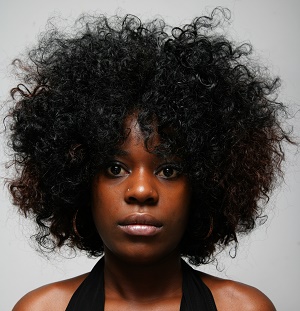 Hair is undoubtedly a hugely important aspect of Black female culture and there is a giant market behind it. But one of the best new trends we are seeing is that of the natural hair movement.
Hair is undoubtedly a hugely important aspect of Black female culture and there is a giant market behind it. But one of the best new trends we are seeing is that of the natural hair movement.
Now thanks to social media tools such as Facebook and YouTube, we are seeing a growth in ‘naturalistas’ who document and share their empowering natural hair stories, hairstyle experimentation and hair journeys. In a time of Photoshopped role models, these women are making a stand and becoming the real role models that others aspire to be like and to emulate.
Why are we seeing the natural hair movement?
In 2009, comedian Chris Rock made a documentary called Good Hair, which shined a spotlight on the black hair business, especially the use of relaxers, weaves and the sources of the hair used for them.
This of course isn’t the only reason things have changed, and not everything has changed since, but it created a platform for people to see the market and help embrace the natural hair movement.
One of the areas the natural hair movement sheds light on is the damage women do to their own hair through chemical and heat treatments, weaves and extensions. Below are the three main hair loss issues they cause:
- Central Centrifugal Cicatrical Alopecia (CCCA) – is hair loss that occurs at the central point of the scalp. It often occurs because of glued-in or sewn-in weaves and braids. Often women will try to hide this when it occurs instead of seeking help.
- Traction Alopecia – this is a gradual form of hair loss that occurs from excessive pulling and force being applied to your hair. Often this is due to tight braids, extensions and ponytails.
- Heat and chemical damage – often after such treatments (if it was too strong or left on for too long) women notice breakage and their hair looks shorter. By applying relaxers your hair can experience a lot of trauma.
The results of the natural hair movement
Now we are seeing more women step away from these damaging treatments and embracing their natural hair and techniques. Now we are seeing:
- A desire for authenticity – there are now a greater number of products that cater to the needs of naturalistas who want natural hair. These are Black-owned natural hair product lines that are designed to help not just profit from a huge market.
- Natural ingredients – women don’t want to chemically treat their hair and as a result we are seeing more natural ingredients and the growth of the YouTube and social media DIY culture.
- Self-styling – more of these fashionistas are foregoing stylists and are self-styling instead, giving them greater control and protection over their hair.
